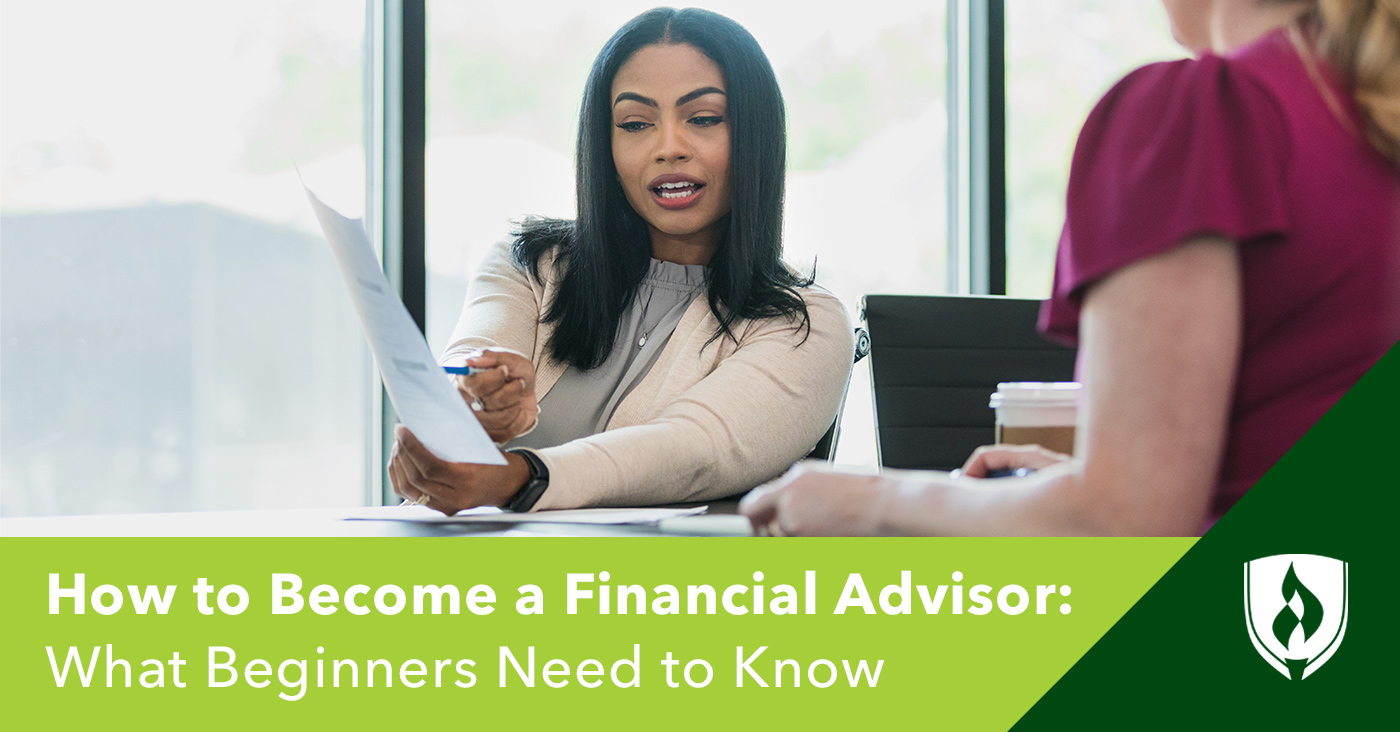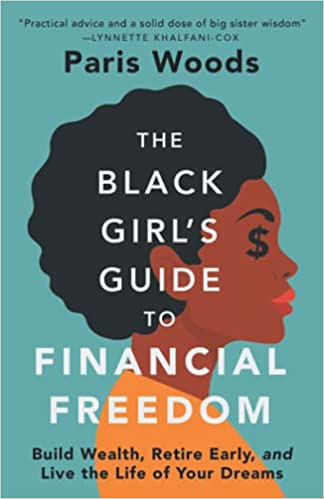
It is important to understand all costs and risks before you decide to invest with a professional financial advisor. A financial advisor may charge a fee or commission. It is important to fully understand the costs of hiring one. The following are the costs and risks associated with using a financial advisor:
With a financial adviser, you can create an asset allocation plan for your investments
You might want to discuss your retirement plans with a financial adviser. While a well-diversified portfolio can protect against losses regardless of market conditions and still focus on specific asset classes, it will also help you to avoid loss. The rules for asset allocation may not be set in stone but there are some guidelines that financial advisors should follow. These include diversifying according to geography, industry, or market capitalization. It is also worth considering laddering and investing in multiple types of bonds. Laddering your bonds will also help you get a better interest rate when interest rates rise.
It is crucial that you follow through on your investment plan. A personal financial plan for asset allocation should be tailored to your goals and aspirations. Your time horizon and tolerance for risk are all factors that a financial advisor will take into consideration. Advisors will also consider unexpected expenses such as college tuition. With a proper asset allocation plan, you'll never be caught unprepared. The most important thing to remember is to always consult a financial advisor to help you set up and stick to your plan.

Choosing a fiduciary
Based on your investment objectives, you should choose a fiduciary for investing with your financial planner. The advisor you choose should have the necessary experience, credentials, and Form ADV. Visit FINRA's BrokerCheck Website to find out more about their background. You don't have to stick with the local banks or advisory offices if you are searching for an investment advisor. There are many ways you can find a fiduciary adviser.
The fiduciary standard is a strict requirement for financial advisers to put their clients' interests first. Broker-dealers have the right to recommend products which will increase their revenue and their commissions. Fiduciaries, however, must act in the client's best interest. You can minimize conflicts of interest by choosing a fiduciary to protect your client's interests and help avoid potential risks. Check for companies that have been certified by CEFEX.
Cost of investing with financial advisor
It is important to know how much the advisor will charge. Many advisors charge a sales fee, which is usually a percentage of the investment that you buy. The amount charged is usually one to five per cent of the total investment value. Although a financial advisor might charge up to eight percent of the investment's value, it is not uncommon for them to charge over five percent.
The advisor's total costs are usually more than the AUM fee. This fee is generally based on their total underlying cost. An all-in wrapper fee is also charged by advisory platforms. This covers transaction costs and platform fees. Veres' data shows that more than 20 advisory firms were compared and the average cost was 0.20%/year. The fees of a financial advisor can vary depending upon the product and advisor.

Investments made with a financial advisory are subject to risk
People often think of risk only as one thing. But there are many types. These include market, credit, currency, interest rate, and credit risk. Each of these has a risk level, and if an investor does not address one of them, the entire investment will be at risk. Financial advisors have the knowledge and experience to help investors make better investment decisions.
A single advisor is the best way to invest. Financial advisors believe that sticking with one firm is part and parcel of investing best practices. However, if an investor doesn't feel committed to their advisor it could be a bad idea. But, investors can be more at risk by spreading their investments out to multiple financial advisers. Many financial advisors spend their days convincing clients to keep one advisor as their advisor.
FAQ
How old should I start wealth management?
Wealth Management is best done when you are young enough for the rewards of your labor and not too young to be in touch with reality.
The sooner that you start investing, you'll be able to make more money over the course your entire life.
If you are planning to have children, it is worth starting as early as possible.
You may end up living off your savings for the rest or your entire life if you wait too late.
Is it worth using a wealth manager?
A wealth management company should be able to help you make better investment decisions. It should also advise what types of investments are best for you. This way, you'll have all the information you need to make an informed decision.
However, there are many factors to consider before choosing to use a wealth manager. Do you feel comfortable with the company or person offering the service? Will they be able to act quickly when things go wrong? Are they able to explain in plain English what they are doing?
Who should use a wealth manager?
Anyone looking to build wealth should be able to recognize the risks.
New investors might not grasp the concept of risk. Poor investment decisions can lead to financial loss.
People who are already wealthy can feel the same. They may think they have enough money in their pockets to last them a lifetime. But this isn't always true, and they could lose everything if they aren't careful.
Therefore, each person should consider their individual circumstances when deciding whether they want to use a wealth manger.
Statistics
- If you are working with a private firm owned by an advisor, any advisory fees (generally around 1%) would go to the advisor. (nerdwallet.com)
- According to Indeed, the average salary for a wealth manager in the United States in 2022 was $79,395.6 (investopedia.com)
- US resident who opens a new IBKR Pro individual or joint account receives a 0.25% rate reduction on margin loans. (nerdwallet.com)
- A recent survey of financial advisors finds the median advisory fee (up to $1 million AUM) is just around 1%.1 (investopedia.com)
External Links
How To
How To Invest Your Savings To Make Money
You can generate capital returns by investing your savings in different investments, such as stocks, mutual funds and bonds, real estate, commodities and gold, or other assets. This is what we call investing. It is important to understand that investing does not guarantee a profit but rather increases the chances of earning profits. There are many different ways to invest savings. One of these options is buying stocks, Mutual Funds, Gold, Commodities, Real Estate, Bonds, Stocks, ETFs, Gold, Commodities, Real Estate, Bonds, Stocks, Real Estate, Bonds, and ETFs. These methods will be discussed below.
Stock Market
Because you can buy shares of companies that offer products or services similar to your own, the stock market is a popular way to invest your savings. Also, buying stocks can provide diversification that helps to protect against financial losses. If the price of oil falls dramatically, your shares can be sold and bought shares in another company.
Mutual Fund
A mutual fund is an investment pool that has money from many people or institutions. These mutual funds are professionally managed pools that contain equity, debt, and hybrid securities. The mutual fund's investment goals are usually determined by its board of directors.
Gold
Long-term gold preservation has been documented. Gold can also be considered a safe refuge during economic uncertainty. Some countries use it as their currency. Due to investors looking for protection from inflation, gold prices have increased significantly in recent years. The price of gold tends to rise and fall based on supply and demand fundamentals.
Real Estate
Real estate can be defined as land or buildings. When you buy realty, you become the owner of all rights associated with it. You may rent out part of your house for additional income. You may use the home as collateral for loans. The home can also be used as collateral for loans. You must take into account the following factors when buying any type of real property: condition, age and size.
Commodity
Commodities are raw materials like metals, grains, and agricultural goods. As commodities increase in value, commodity-related investment opportunities also become more attractive. Investors who want the opportunity to profit from this trend should learn how to analyze charts, graphs, identify trends, determine the best entry points for their portfolios, and to interpret charts and graphs.
Bonds
BONDS are loans between corporations and governments. A bond is a loan that both parties agree to repay at a specified date. In exchange for interest payments, the principal is paid back. The interest rate drops and bond prices go up, while vice versa. A bond is purchased by an investor to generate interest while the borrower waits to repay the principal.
Stocks
STOCKS INVOLVE SHARES in a corporation. A share represents a fractional ownership of a business. Shareholders are those who own 100 shares of XYZ Corp. You will also receive dividends if the company makes profit. Dividends can be described as cash distributions that are paid to shareholders.
ETFs
An Exchange Traded Fund (ETF), is a security which tracks an index of stocks or bonds, currencies, commodities or other asset classes. Unlike traditional mutual funds, ETFs trade like stocks on public exchanges. The iShares Core S&P 500 eTF (NYSEARCA – SPY), for example, tracks the performance Standard & Poor’s 500 Index. This means that if SPY is purchased, your portfolio will reflect the S&P 500 performance.
Venture Capital
Venture capital refers to private funding venture capitalists offer entrepreneurs to help start new businesses. Venture capitalists provide financing to startups with little or no revenue and a high risk of failure. They invest in early stage companies, such those just starting out, and are often very profitable.